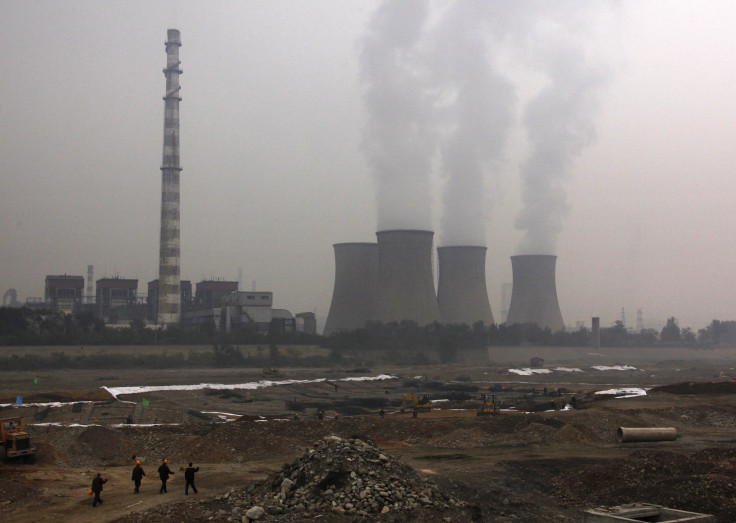Obama targets power plants in biggest climate change plan

United States President Barack Obama is targeting massive coal power plants as part of his ambitious plan to fight climate change by cutting down greenhouse gas emissions across America.
A video release from the White House on the eve of the unveiling of the “Clean Power Plan” saw Obama calling it as the “biggest most important step we’ve ever taken to combat climate change.” The plan gives each state the decision to cut greenhouse gas emissions by 2022 until 2030 from their fossil-fueled run power plants. The states are given until 2018 to submit their climate policies, CNN reported.
Obama also pinpointed power plants as culprits of poisonous carbon emissions: "Power plants are the single biggest source of harmful carbon pollution that contributes to climate change. Until now, there have been no federal limits to the amount of carbon pollution plants dump in the air."
According to the US Environmental Protection Agency, or EPA , the country’s greenhouse gas emissions has steadily increased since 1990. However, there has also been a 9 percent reduction since 2005. In 2013, the emissions totaled to 6,673 million metric tonnes or 14.7 trillion pounds. In the same year, based on the data gathered by European Commission and Netherlands Environmental Assessment Agency , the US was declared as the second-biggest carbon emitter in the world after China.
A lasting environmental legacy
The Obama administration is prioritising a safe climate future. With the president in his last term in office, he wanted to ensure that the US will “decarbonise” its economy accordingly.
The US, under the leadership of Obama, and six other nations agreed in June to reduce carbon-based emissions and reducing global warming to 2 degrees Celsius above pre-industrial levels.
Approving a non-binding resolution ahead of a UN-sponsored summit on climate on Paris later this year, 2015, the Group of Seven, or G7, consisting of the United States, the United Kingdom, Canada, France, Germany, Italy and Japan, meeting in Schloss Elmau, Germany, pledged to limit carbon emissions within the next century, said an earlier report from Al Jazeera .
The group of industrialised nations agreed to reductions of 40-70 percent or 2010 levels of carbon emissions. The ultimate goal is to completely phase-out energy from carbon sources by 2100.
Later this year , leaders of various nations will be meeting in a conference to “reach a deal with legal force, including through binding rules, to combat climate change.”
Paving the way for clean energy
Developed nations usually have the bigger share in the global greenhouse gas emissions. According to the data of the Union of Concerned Scientists , developed countries, as well as China, US, Russia and Japan, have high carbon emissions compared to the rest of the world.
Obama’s latest announcement, although expected to be opposed by several power plant companies, will allow the nations to further transition to clean energy ventures.
Copper is a good source of electricity and causes less environmental impacts. Wind and solar powers are using copper as a key component for power generation.
One market that is ripe for clean energy opportunities is the Far East of Russia, where Amur Minerals Corporation (LSE: AMC) , a nickel-copper sulphide miner, is set to begin operations in the next few years. Its principal asset, the Kun-Manie sulphide nickel, copper project, is being touted as an alternative resource to already existing suppliers in the region, such as Norilsk Nickel (LSE: MNOD) . Norilsk, an industrial city where the company operates, is considered to be one of the most polluted places in Russia.
Contact the writer at feedback@ibtimes.com.au





















